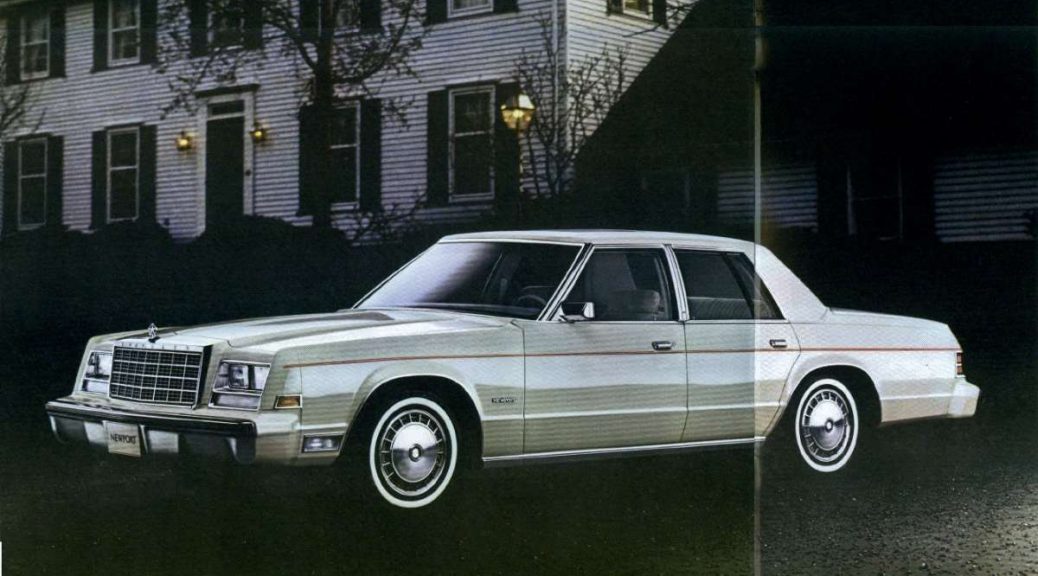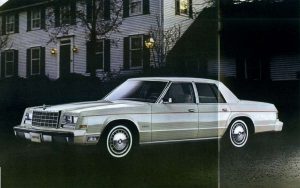 Negotiations 101: the fundamentals begin with discussing ethics followed by the basic analytical tools of negotiations. The negotiator often tries to misled his opponent but the risk of unethical negotiations is a bad reputation. Bluffing is fine in negotiations. The sophistication of the parties is also relevant. Selling a complicated derivative to an economic illiterate and then blaming that person for not understanding the contracts hurts you in court proceeding.
Negotiations 101: the fundamentals begin with discussing ethics followed by the basic analytical tools of negotiations. The negotiator often tries to misled his opponent but the risk of unethical negotiations is a bad reputation. Bluffing is fine in negotiations. The sophistication of the parties is also relevant. Selling a complicated derivative to an economic illiterate and then blaming that person for not understanding the contracts hurts you in court proceeding.
There are three schools of negotiators: (1) the poker player who regards it all as a game; (2) the idealist who insists on doing the right thing every time; and (3) the pragmatist, who knows that what goes around comes around. BATNA is the ‘best alternative to a negotiated agreement’. BATNA prevents you from making a bad deal by asking what the alternatives might be; in other words you have a walk away strategy. ZOPA is the zone of possible agreement which means the general area/scope of agreement possible. When you go into a negotiation, you should determine the other person’s position a priori. The gifted negotiator adopts a three-dimensional perspective, working both at the table and away from it. If negotiations stall, the negotiator should go to the balcony to gain perspective and reframe the issues, moving from defensive positioning to shared interests.
 Leverage and Debt Theory: hedge funds and private equity are awash with money. So much so that investment banking is considered a second tier move. Surely running a company is more important than banking services? Private equity brings managers, and owners closer together. In Private Equity and Hedge Funds, the money comes courtesy of debt. Debt is actually not a bad thing, because it allows you to leverage, structure your financial deal etc. Things become more possible using this method. Debt focuses the mind, forcing people to concentrate on THE ONLY THING THAT MATTERS: the cash flowing out of the business. Debt for lack of a better word, is good. Debt works. If a company is struggling to be valuable, then you would simply load up the balance sheet with debt. More to come.
Leverage and Debt Theory: hedge funds and private equity are awash with money. So much so that investment banking is considered a second tier move. Surely running a company is more important than banking services? Private equity brings managers, and owners closer together. In Private Equity and Hedge Funds, the money comes courtesy of debt. Debt is actually not a bad thing, because it allows you to leverage, structure your financial deal etc. Things become more possible using this method. Debt focuses the mind, forcing people to concentrate on THE ONLY THING THAT MATTERS: the cash flowing out of the business. Debt for lack of a better word, is good. Debt works. If a company is struggling to be valuable, then you would simply load up the balance sheet with debt. More to come.










